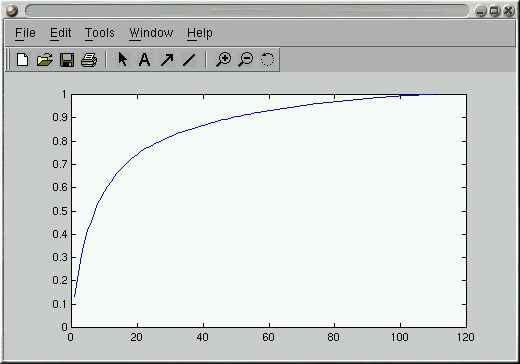Crossover 한글
OSX 2010. 1. 27. 14:451.CrossOver에 한글 폰트를 설치합니다.
데스크톱이나 패러럴즈, 혹은 부트캠프에 복사된 폰트 파일을 뽑아냅니다.
gulim.ttc(95, 98, 2000, XP 기본 폰트), malum.ttf(Vista, 7 기본폰트, 오피스 2007에 포함)
이 둘 중에 하나, 혹은 둘 다를 CrossOver로 복사합니다. 윤고딕, 다음체 같은 서드파티 폰트를 써도 큰 문제는 없습니다.
모든 버전의 윈도우즈에서 이 폰트 파일들의 위치는
C:/windows/Fonts
입니다.
이 파일들을 다음과 같은 위치에 복사합니다.
(OSX 설치 볼륨)/(사용자 이름)/라이브러리/Aplication Support/CrossOver/Bottles/(설정한 보틀 이름)/drive_c/windows/fonts
윈도우즈 폰트 폴더의 파일들을 죄다 갖다 복사해도 좋습니다.
2. 시스템 기본 폰트를 설정합니다.
(OSX 설치 볼륨)/(사용자 이름)/라이브러리/Aplication Support/CrossOver/Bottles/(설정한 보틀 이름)/system.reg
라고 하는 파일이 있습니다. 이 파일을 에디터 프로그램으로 열어서 다음과 같은 부분을 찾습니다.
[Software\\Microsoft\\Windows NT\\CurrentVersion\\FontLink\\SystemLink] 1246078588
"Microsoft Sans Serif"=str(7):"MSGOTHIC.TTC,MS UIUI Gothic\0ume-ui-gothic.ttf\0"
"MS UI Gothic"=str(7):"ume-ui-gothic.ttf\0"
문자열 검색어는 "MS UI Gothic"=str(7):로 하면 한 번에 찾을 수 있습니다. 이 부분에서 빨간 글씨로 된 부분의 폰트명을 한글 폰트로 바꾸어주면 됩니다. gulim.ttc(굴림체)나 malgun.ttf(맑은고딕)으로 바꾸어주면 되겠군요.
위 두가지 조치로 어지간한 한글 깨짐 현상은 거의 해결할 수 있습니다. 물론 그거로도 해결이 안 되는 것들이 가끔 있긴 한데... 이를테면 오피스 설치할때 같이 깔리는 닷넷 프레임워크 1.1 같은 것들..(...) 하지만 설치가 된 이후로 이 정도의 손질만으로도 사용에 거의 지장이 없지요. 보틀을 새로 만들때마다 저렇게 한글 설정은 따로 해 줘야 합니다.
3. 프로그램별로 다른 보틀(Bottle)을 사용합니다.
일 반 윈도우즈에서 하드에 이런저런 프로그램을 여러번 깔고 지우면 시스템 퍼포먼스가 느려지고 심한 경우엔 여러가지 에러가 생기지요. WINE 계열도 마찬가지인데 WINE은 그나마 프로그램 제거가 여의치 않은 경우가 굉장히 많습니다. 이런저런 설정을 바꿔주는 것도 큰일이고 말이지요. 위에서 이야기한 시스템 폰트가 깨지는 문제도 일반 윈도우즈에서는 제어판에서 손쉽게 해결할 수 있는 일입니다만 WINE은 저렇게 레지스트리를 직접 수정해 주어야 합니다.
그런고로 웹하드라던가 빵집 같은 작은 프로그램을 설치하고 지울 보틀을 하나 정도 만드는 것은 좋습니다만 오피스, 한글과 같은 OS에 건드리는 부분도 많고 한번 잘못되면 보틀의 폐기까지 각오해야 하는 큰 프로그램들은 서로 다른 보틀에 깔아주는 것이 좋습니다. 보틀을 폐기한다는 것은 하드를 포맷하는 것 만큼이나 뼈아픈 일이니까 말이지요..(....) 물론 실제로 그 만큼의 수고가 들어가는 것은 아닙니다만.
그 리고 새로운 보틀을 만들 때에는 XP Bottle로 할 것을 추천합니다. 98, 2000 보틀이야 지금 와서 쓸 일이 있을까 싶고 Vista보틀은 글쎄요. Vista 전용 프로그램이란 것이 과연 있을까 싶을 정도이니까요. 여러모로 XP Bottle이 가장 좋지요.











 WM5torage_19.CAB
WM5torage_19.CAB





